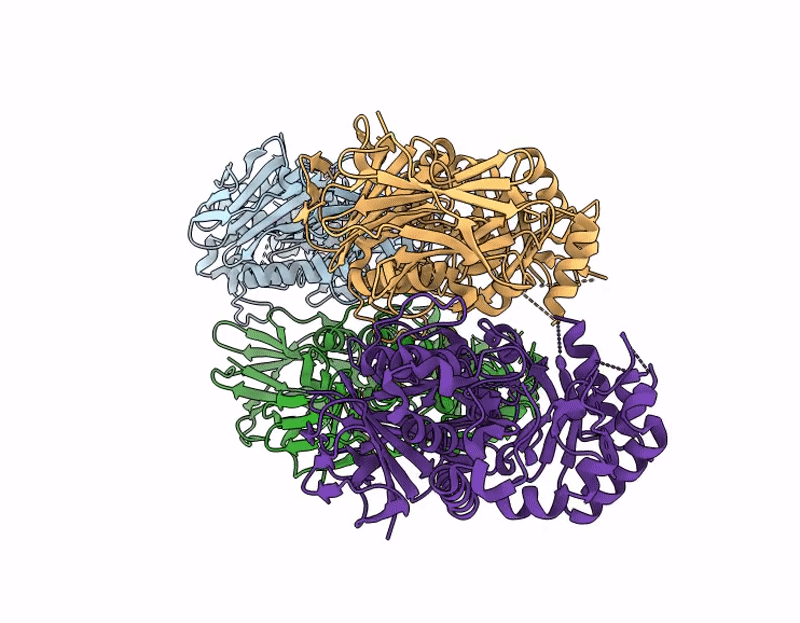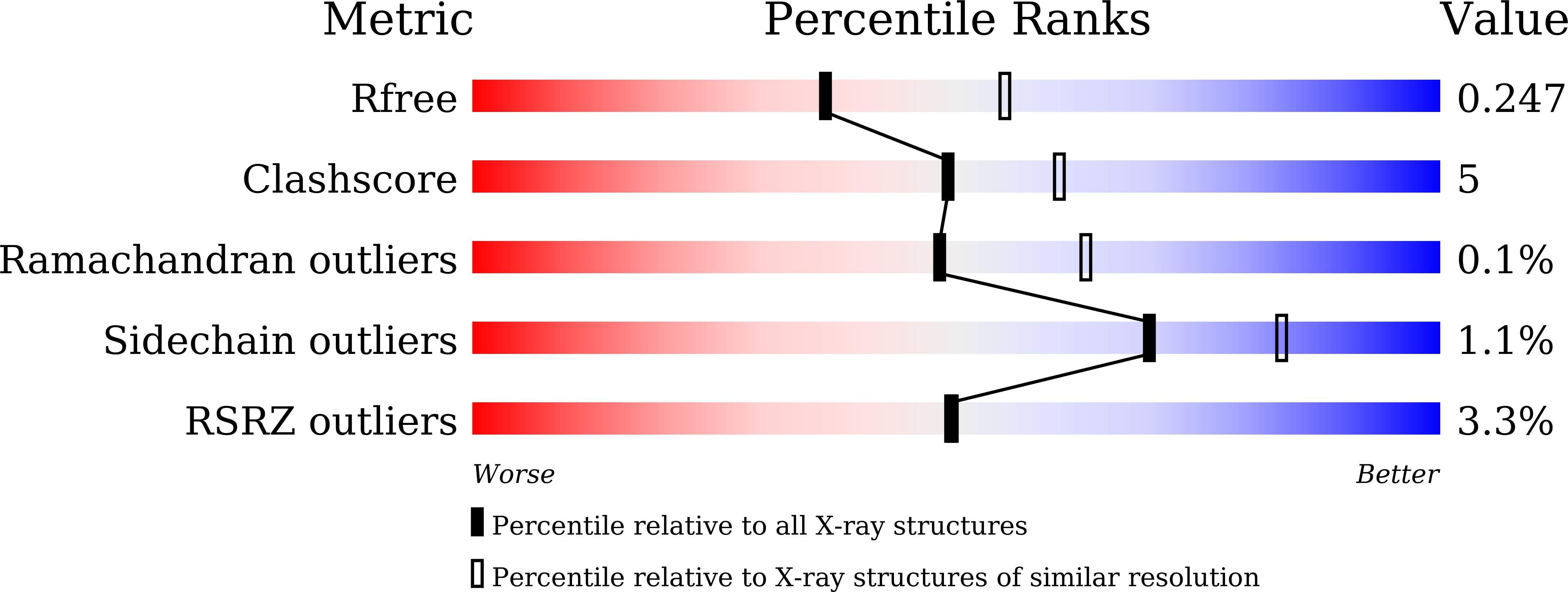
Deposition Date
2025-06-09
Release Date
2025-09-03
Last Version Date
2025-09-03
Entry Detail
PDB ID:
9VDW
Keywords:
Title:
Structure of truncated loopA and loopB mutants from the human gut flora K. grimontii Apg
Biological Source:
Source Organism:
Klebsiella grimontii (Taxon ID: 2058152)
Host Organism:
Method Details:
Experimental Method:
Resolution:
2.38 Å
R-Value Free:
0.24
R-Value Work:
0.19
R-Value Observed:
0.20
Space Group:
P 1


